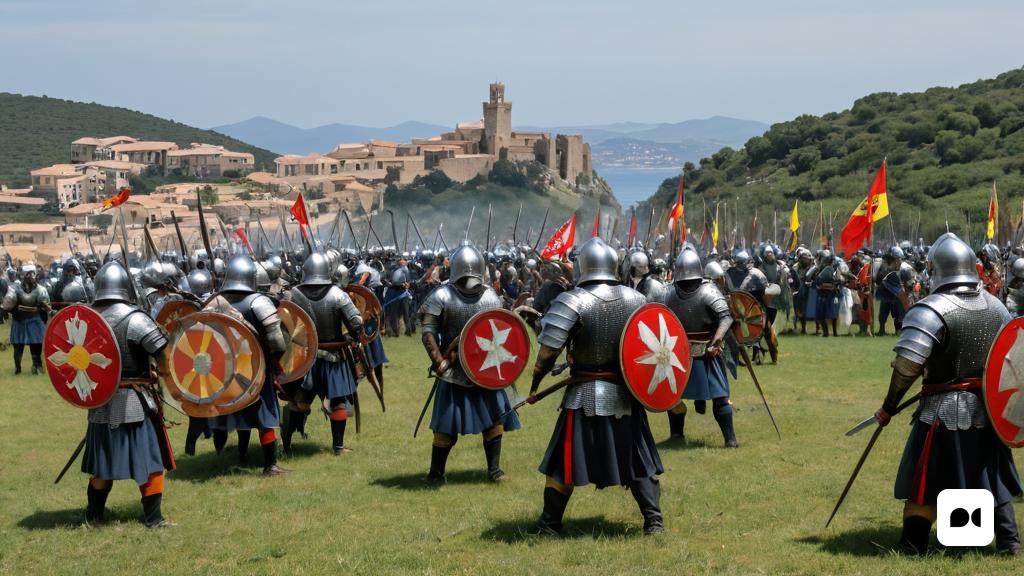Historical context
On June 30, 1409, 615 years ago, a battle was fought in Sanluri, a town in southern Sardinia. This battle pitted the army of the Catalan-Aragonese crown, commanded by Martí el Jove, against the troops of the Court of Arborea, led by Guillem d’Arborea. This confrontation was the culmination of a long war of pacification of the island, which had begun in 1295 when the Pontificate had handed over the sovereignty of Sardinia to the Casal de Barcelona.
The Catalan victory
The battle of Sanluri was a decisive victory for the Catalan and Aragonese army. Despite the superior forces of the troops of the Court of Arborea, the Catalans managed to defeat them and dismantle the resistance of the local feudal barons in favor of linking the island to the Republic of Genoa. From this battle, there were no more situations of rebellion in Sardinia.
Martin the Younger’s illness
Despite the victory, Martí el Jove, commander of the Catalan army, contracted malaria in the days before or after the battle. It is believed that he was infected in the nuraghe, natural ponds located in the drylands near Sanluri, where the Catalan camp was located before the battle. These nuraghe still exist today, located eight kilometers east of Sanluri.
The succession of the crown
Martí el Jove was the only surviving son and heir of King Martí I, but his death, three weeks after the battle, left the succession to the Catalan-Aragonese crown in a compromised situation. His legitimate offspring had died prematurely and his illegitimate offspring had not been legitimized. This endangered the continuity of the dynasty.
Consequences of the battle
The Battle of Sanluri marked a turning point in the history of Sardinia. It meant the pacification of the island and the disappearance of rebellion situations. In addition, he consolidated the dominance of the Catalan-Aragonese crown over Sardinia and established a new political and social order on the island.

